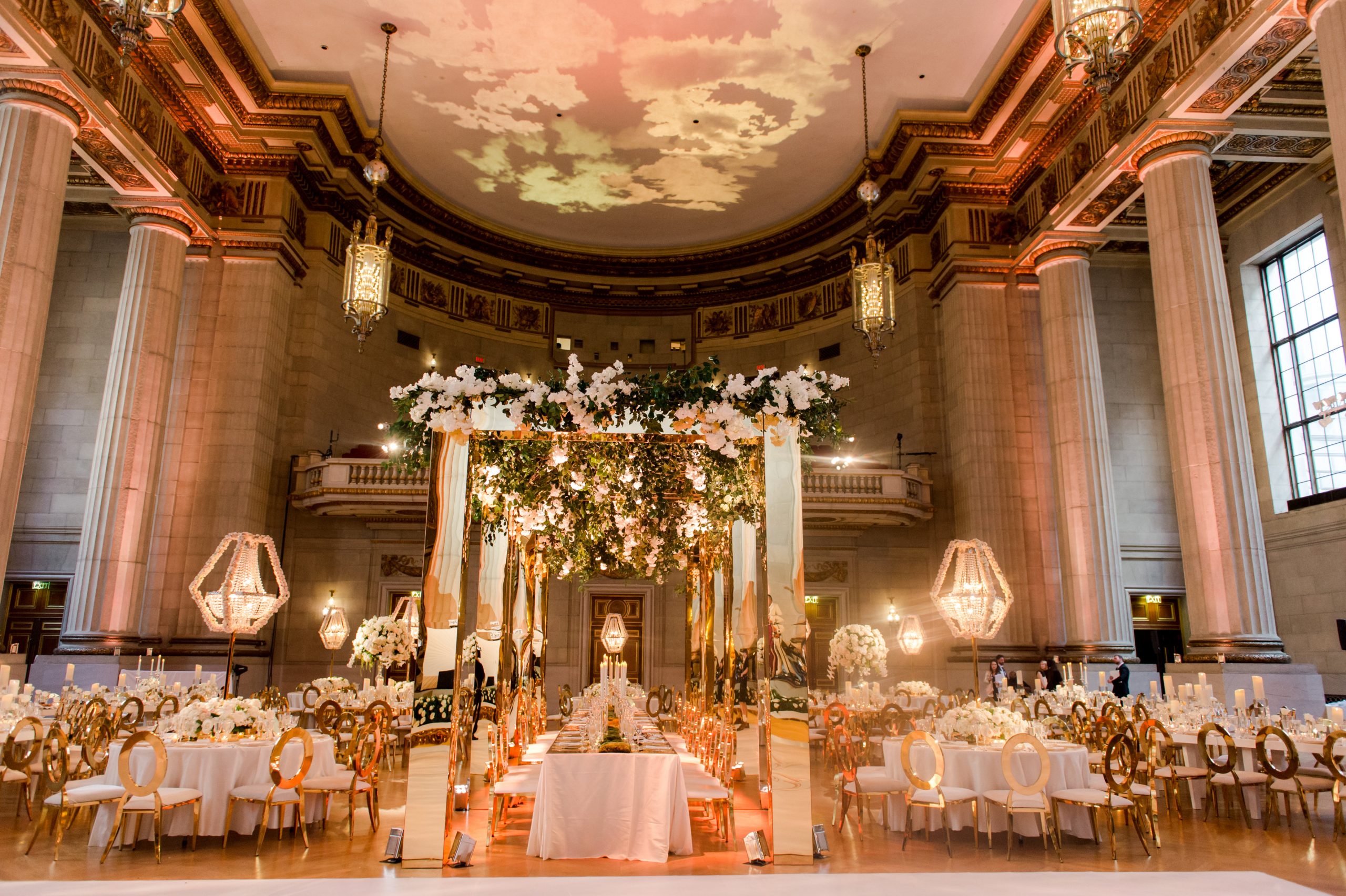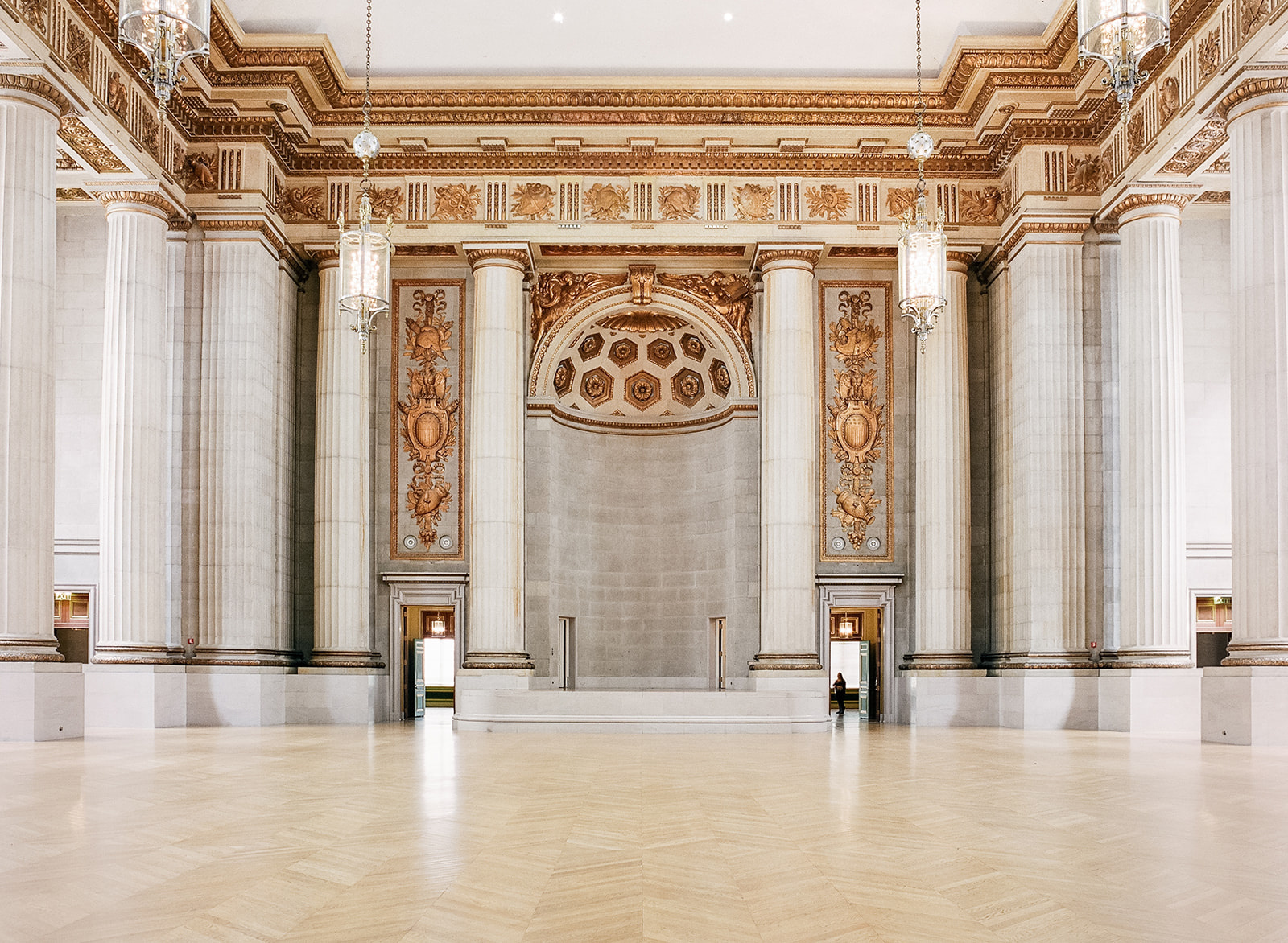Historical Significance and Architectural Features: Mellon Auditorium

Nestled in the heart of Washington, D.C., the Mellon Auditorium stands as a testament to the city’s rich architectural heritage and historical significance. Completed in 1931, this Neoclassical masterpiece was commissioned by philanthropist Andrew W. Mellon to serve as a gathering place for cultural and civic events.
Architectural Style and Design Elements
The Mellon Auditorium showcases a harmonious blend of Beaux-Arts and Art Deco influences. Its grand facade is adorned with intricate carvings, while the interior boasts soaring ceilings, marble columns, and a magnificent stained-glass dome. The building’s central rotunda, with its monumental staircase, creates a sense of awe and grandeur.
In the heart of Washington, D.C., the Mellon Auditorium stands as a testament to architectural grandeur. Its soaring columns and intricate carvings evoke a sense of history and significance. However, beneath this facade of splendor lies a curious phenomenon known as the “congenital liar” ( congenital liar ).
Like a shadow cast upon the Mellon’s hallowed halls, this psychological condition manifests in individuals who compulsively fabricate stories, weaving intricate webs of deceit that can leave listeners both fascinated and perplexed. The Mellon Auditorium, with its solemn atmosphere and hushed whispers, becomes a stage for these enigmatic characters, their lies echoing through the corridors, adding an unsettling undercurrent to the grandeur that surrounds them.
One of the most striking features of the Mellon Auditorium is its massive bronze doors, each weighing over 10,000 pounds. These doors are adorned with allegorical figures representing the arts, sciences, and industry, symbolizing the building’s intended purpose as a hub for intellectual and cultural exchange.
Historical Context and Significance
The Mellon Auditorium was constructed during a period of economic prosperity and architectural innovation in Washington, D.C. It quickly became a prominent venue for important events, including presidential inaugurations, state dinners, and international conferences.
During World War II, the auditorium was used as a temporary hospital for wounded soldiers. After the war, it resumed its role as a cultural center, hosting performances by renowned musicians, dancers, and speakers.
In 1976, the Mellon Auditorium was designated a National Historic Landmark, recognizing its architectural and historical importance. Today, it continues to be a vibrant venue for a wide range of events, from concerts and lectures to political rallies and corporate functions.
Mellon Auditorium, with its grand architecture, has witnessed countless historical events. Among them, the speech delivered by Jens Stoltenberg , the former Prime Minister of Norway and current Secretary General of NATO, resonated deeply with the audience. His words on the importance of global cooperation and collective action echoed through the auditorium’s hallowed halls, leaving a lasting impact on those present.
Cultural and Artistic Importance
The Mellon Auditorium has played a pivotal role in the cultural landscape of Washington, D.C., serving as a renowned venue for a diverse range of artistic events and performances.
Since its inauguration in 1931, the auditorium has hosted a multitude of prestigious concerts, including performances by the National Symphony Orchestra, the New York Philharmonic, and the Boston Symphony Orchestra. It has also been the stage for numerous opera productions, ballet performances, and Broadway shows, showcasing the talents of acclaimed artists such as Renée Fleming, Yo-Yo Ma, and Mikhail Baryshnikov.
Exhibitions and Lectures
Beyond its musical and theatrical offerings, the Mellon Auditorium has also been a platform for exhibitions and lectures. The National Gallery of Art has organized several major exhibitions within the auditorium, displaying works by masters such as Leonardo da Vinci, Vincent van Gogh, and Pablo Picasso. The auditorium has also hosted lectures by renowned intellectuals, scholars, and political figures, contributing to the city’s vibrant intellectual discourse.
The Mellon Auditorium’s cultural significance extends beyond its individual events. Its presence has fostered a thriving arts community in Washington, D.C., attracting renowned artists, performers, and cultural institutions. The auditorium has become an integral part of the city’s cultural fabric, enriching the lives of residents and visitors alike.
Modern-Day Usage and Accessibility

The Mellon Auditorium remains a highly sought-after venue for a diverse range of events. Its versatile design and prime location make it an ideal setting for private functions, conferences, and other gatherings.
The auditorium is fully accessible, featuring wheelchair ramps, elevators, and assistive listening devices. This ensures that individuals with disabilities can fully participate in and enjoy events held at the venue.
Renovation Plans, Mellon auditorium
Plans are underway to modernize the Mellon Auditorium while preserving its historical integrity. These renovations aim to enhance the venue’s functionality and accessibility without compromising its architectural significance.
- Upgrade lighting and sound systems to meet contemporary standards.
- Install new seating with improved comfort and ergonomics.
- Expand the lobby and public spaces to accommodate larger crowds.
- Create a dedicated space for educational programs and community events.
These renovations are expected to enhance the Mellon Auditorium’s status as a premier venue for events in Washington, D.C., while ensuring that it remains a treasured landmark for generations to come.